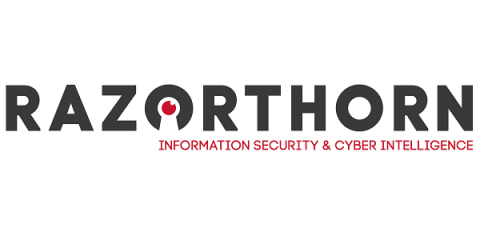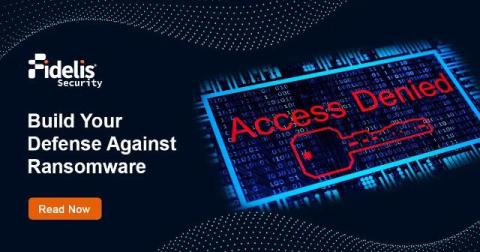Risks and Mitigation of Unpatched Softwares | SafeAeon Inc
In today's digital world, where everything is connected, software vulnerabilities are a constant threat to businesses of all kinds. Malicious people who want to steal private data, mess up operations, or cause financial harm can easily get into software that hasn't been updated and is full of security holes. If you don't update your software, terrible things can happen, like data breaches, ransomware attacks, system failures, and damage to your image.










